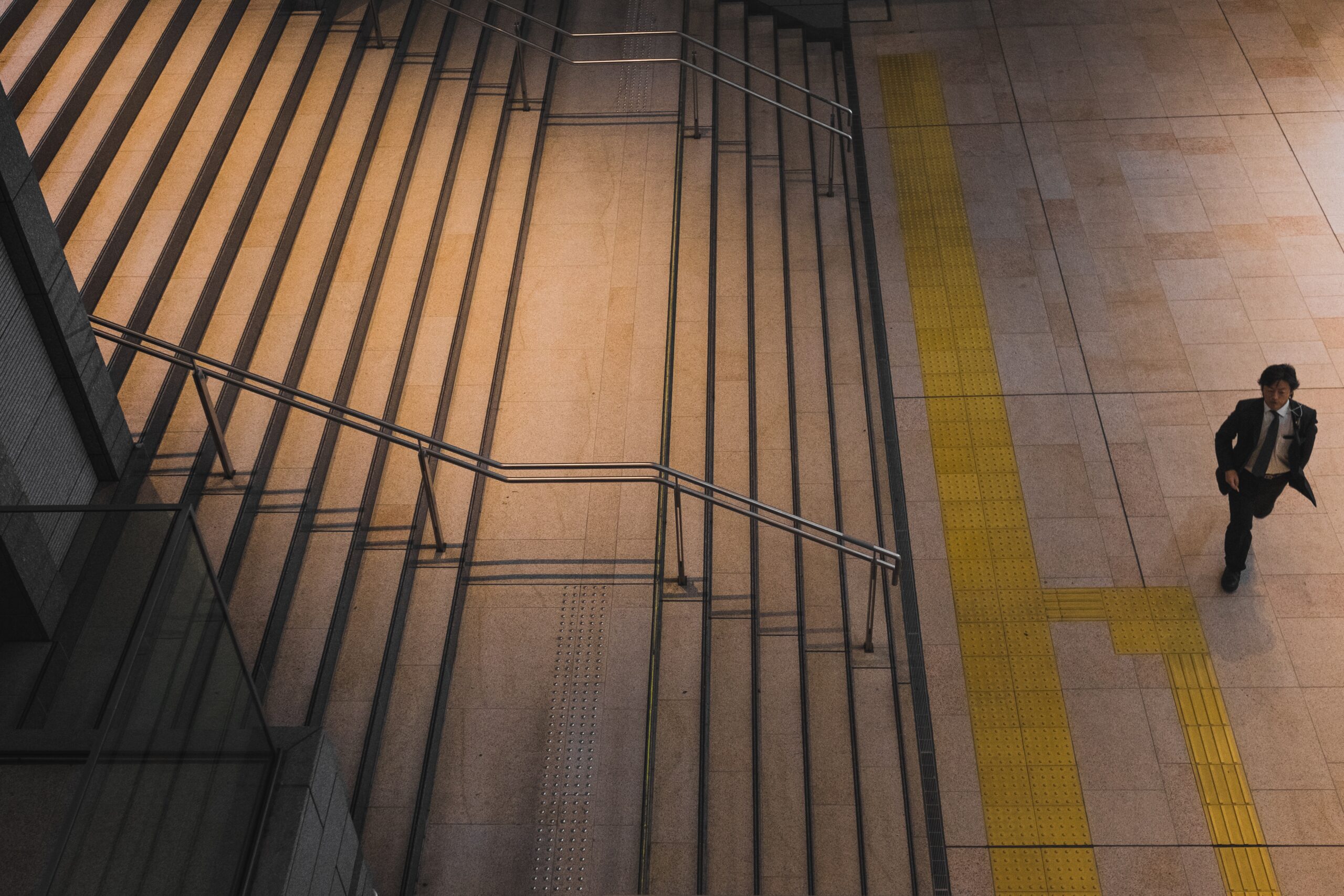So, you’ve just gotten a brand new skateboard and you’re excited to hit the streets with it. But before you do, there’s one important step you need to take: setting up your skateboard grip tape. It may seem like a small detail, but trust me, getting it right can make a huge difference in your skateboarding experience. In this article, we’ll guide you through the process of properly setting up your skateboard grip tape, ensuring that you have the perfect grip and control for all your tricks and maneuvers. So, let’s get started and transform your brand new deck into a high-performance skateboard ready to take on any challenge!

Cleaning the Skateboard Deck
Removing the old grip tape
Before applying new grip tape, it’s essential to remove the old grip tape from your skateboard deck. To do this, start by using a hairdryer to heat up the grip tape. The heat will loosen the adhesive, making it easier to peel off. Once the grip tape is warmed up, carefully lift up one corner and slowly peel it back, applying gentle pressure to ensure it comes off evenly. Be patient and take your time to avoid damaging the deck surface.
Cleaning the deck surface
Once the old grip tape is removed, it’s time to clean the deck surface thoroughly. Use a mild soap or skateboard-specific cleaner and a soft cloth or sponge to wipe away any dirt, grime, or sticky residue. Be sure to clean both the top and bottom of your skateboard to maintain its overall cleanliness. Allow the deck to dry completely before moving on to the next step.
Removing stubborn residue
If there is any stubborn residue left on the deck after cleaning, you can use rubbing alcohol or grip tape solvent to dissolve it. Apply a small amount to a cloth or sponge and gently scrub the affected area until the residue loosens and comes off. Avoid using abrasive materials that could damage the deck surface. Once the residue is removed, wipe down the deck with a clean cloth or paper towel to ensure it is completely clean and ready for the new grip tape.
Positioning the New Grip Tape
Unrolling the grip tape
Unrolling the grip tape properly is the first step in ensuring a smooth and even application. Start by finding a clean and flat surface to work on. Lay out the grip tape with the sticky side facing up and the backing paper facing down. Make sure to unroll enough grip tape to cover your entire deck, leaving a little excess on each side for trimming later.
Aligning the grip tape with the deck
Once the grip tape is unrolled, carefully position it on the deck, aligning it with the edges. Take your time to ensure it is centered and properly aligned before moving on to the next step. It’s crucial to get this initial placement right to ensure optimal grip and stability.
Trimming excess grip tape
After aligning the grip tape with the deck, it’s time to trim the excess. Using a skateboard-specific cutting tool or a sharp utility knife, carefully trim the grip tape along the edges of the deck. Be cautious not to cut into the deck itself. Take slow and deliberate strokes, following the contour of the deck, to achieve clean and professional-looking edges.
Applying the Grip Tape
Peeling off the backing paper
With the grip tape aligned and excess trimmed, it’s time to peel off the backing paper. Start by firmly pressing down on one edge of the grip tape, ensuring it adheres to the deck. Then, slowly peel away the backing paper, working your way across the entire deck surface. Be careful not to pull up the grip tape as you remove the backing paper, as this could lead to air bubbles or misalignment.
Avoiding air bubbles
To prevent air bubbles from forming, apply the grip tape gradually and smoothly. Start by securing one edge of the grip tape to the deck and then use your free hand to press it down firmly, working your way towards the opposite edge. Smooth out any air bubbles or wrinkles as you go, using your fingers or a flat object like a skateboard tool.
Smoothly applying the grip tape
As you continue to apply the grip tape, make sure to smooth it out evenly. Press down firmly on the grip tape, starting from the center and working your way outwards towards the edges. Apply even pressure to ensure a secure and bubble-free grip. Take your time during this process and double-check for any areas that may need extra attention.
Pressing the Grip Tape
Using your hands
To ensure a strong bond between the grip tape and the deck, use your hands to press down firmly on the entire surface. Start from the nose or tail of the skateboard and work your way towards the opposite end. Apply steady, even pressure, paying attention to any areas that may require extra force. By using your hands, you can effectively eliminate any remaining air bubbles and ensure a secure grip.
Using a skate tool
If you have access to a skate tool, it can be a useful tool for pressing down the grip tape. A skate tool typically has a flat edge that can be used to apply pressure evenly across the deck’s surface. Similar to using your hands, start from one end of the skateboard and gradually work your way to the other end, applying firm and even pressure.
Applying even pressure
Whether you’re using your hands or a skate tool, the key is to apply even pressure to achieve optimal grip and stability. Take your time during this step, ensuring every inch of the grip tape is firmly pressed down. By applying consistent pressure, you’ll minimize the chances of any bubbles forming and ensure a secure bond between the grip tape and the deck.

Cutting Grip Tape Holes
Locating the truck holes
Before cutting grip tape holes, it’s essential to locate the truck holes on your skateboard deck. These are the holes where the trucks, which hold the wheels, are attached. Flip your skateboard deck over and identify the truck mounting holes. Remember their positions as you will need to cut corresponding holes in the grip tape.
Using a screwdriver or skate tool
To cut grip tape holes, you can use a screwdriver or a skate tool. Position the screwdriver or skate tool at the center of one hole and push down gently to create a small indentation on the grip tape. Repeat this process for each truck hole, ensuring accuracy and alignment. These indentations will act as guides when cutting through the grip tape for the holes.
Trimming excess tape
Once you have created indentations for the truck holes, it’s time to trim the excess grip tape. Using a sharp utility knife or the edge of the screwdriver, carefully cut along the circumference of each hole. Take your time to ensure clean and precise cuts. Avoid cutting too deeply into the deck as this may compromise its strength. Once the excess grip tape is trimmed, check that the truck holes match up with the deck’s holes before continuing.
Tracing and Cutting Designs
Selecting a design
If you want to add a personal touch to your skateboard grip tape, you can choose to trace and cut designs onto it. Start by selecting a design that resonates with your style and preferences. Whether it’s a logo, an intricate pattern, or a customized artwork, make sure it suits your aesthetic and complements the overall look of your skateboard.
Tracing the design on the grip tape
Once you have chosen a design, place it onto the grip tape and use a pencil or marker to trace its outline. Take your time to ensure accuracy and precision. Hold the design securely in place as you trace, making sure it doesn’t shift or move.
Using a sharp blade to cut the design
After tracing the design, carefully cut along the lines using a sharp blade or a precision knife. Use slow and deliberate strokes, applying gentle pressure to avoid any mistakes or slips. Take your time during this process to achieve clean and well-defined cuts. Once the design is cut out, you can remove the excess grip tape, leaving behind your custom design.

Smoothing the Edges
Using a file or sandpaper
To achieve smooth edges on the grip tape, you can use a file or sandpaper. Gently rub the file or sandpaper along the edges of the grip tape, working in a back-and-forth motion. This will help remove any rough or sharp edges, ensuring a more comfortable grip and preventing any potential injuries from jagged edges. Be careful not to apply too much pressure or remove too much material, as this could compromise the grip tape’s integrity.
Removing any rough or sharp edges
As you smooth the edges of the grip tape, pay close attention to any rough or sharp areas. These can be potential hazards and cause discomfort when gripping the skateboard. Ensure that all edges are smooth and free from any imperfections. Run your fingers along the edges to check for any rough spots, and use the file or sandpaper to correct them if necessary.
Deburring the Truck Holes
Inspecting the grip tape for burrs
After cutting the grip tape holes for the trucks, inspect the area around the holes for any burrs. Burrs are small raised edges that can occur during the cutting process and may cause discomfort or affect the performance of your skateboard. Carefully run your fingers around the edges of the holes and check for any rough spots or raised areas.
Removing burrs using a screwdriver or skate tool
To remove burrs, you can use a screwdriver or skate tool. Gently press the edge of the screwdriver or skate tool onto the raised area and apply slight pressure to smooth it out. Take your time during this process to avoid damaging the grip tape or deck. Once all the burrs are removed, run your fingers along the holes again to ensure they are smooth and comfortable.
Adding Custom Stickers or Artwork
Preparing the stickers or artwork
Adding custom stickers or artwork to your grip tape can further personalize your skateboard. Start by selecting stickers or artwork that you want to apply. Clean and dry the grip tape surface before sticking anything to it, as a clean surface ensures a strong adhesion.
Applying the stickers or artwork on the grip tape
Once you’ve prepared the stickers or artwork, carefully place them onto the desired areas of the grip tape. Press down firmly on each sticker or piece of artwork, ensuring a strong bond with the grip tape. Smooth out any air bubbles or wrinkles, working from the center towards the edges. Take your time to position the stickers or artwork accurately, creating a visually appealing design.
Sealing the stickers or artwork with grip tape or clear coat
To protect the stickers or artwork from wear and tear, you can seal them with an additional layer of grip tape or a clear coat. Cut small pieces of grip tape to cover each sticker, ensuring the edges are smooth and flush with the grip tape surface. Alternatively, you can use a clear coat spray designed for art projects. Apply a thin, even layer of clear coat over the stickers or artwork, following the instructions on the product label. This will help protect the design and extend its lifespan.
Finishing Touches
Cleaning any excess grip tape
After completing the grip tape installation and any additional customizations, take a moment to clean up any excess grip tape. Use a sharp utility knife or a file to carefully trim away any stray or overhanging bits of grip tape. This will give your skateboard a clean and polished appearance, ensuring that the grip tape is flush with the edges of the deck.
Checking for any loose edges
Before hitting the streets with your freshly set-up skateboard, it’s crucial to check for any loose edges. Run your fingers along the edges of the grip tape, paying close attention to any areas that may be peeling or lifting. If you notice any loose edges, press them down firmly to re-adhere the grip tape to the deck. Taking this step ensures that your grip tape remains securely in place, providing optimal grip and stability while riding.
Testing the grip and stability
Once all the finishing touches are complete, it’s time to test the grip and stability of your skateboard. Step onto the deck and give it a few practice turns, paying attention to how well the grip tape holds your shoes in place. Perform a few basic tricks or maneuvers to assess the overall stability. If you feel any slippage or instability, check for any areas that may require additional pressing or adjustments.
Remember, setting up your skateboard grip tape properly is a crucial step in ensuring a safe and enjoyable riding experience. Take your time, follow each step carefully, and enjoy the process of personalizing your skateboard to match your style and preferences. Happy skating!
